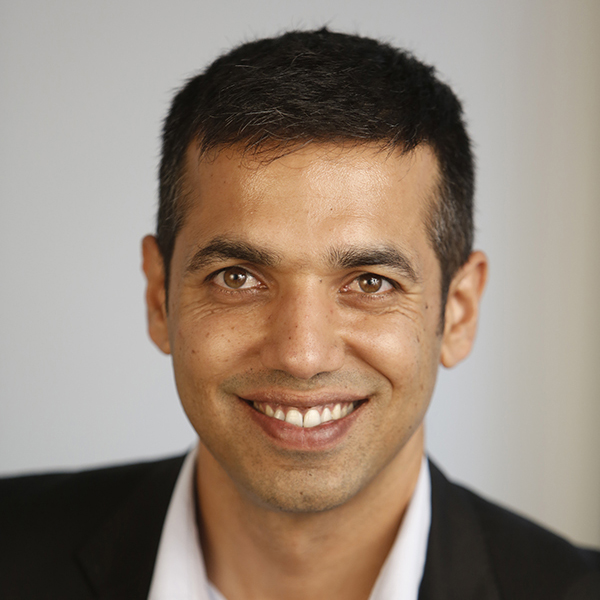By Wayne Lewis
Racial disparities in mental health worsened in Los Angeles County during the COVID-19 pandemic, as depression risk grew more common among non-white residents, according to a recent study.
Scientists at USC and the Los Angeles County Department of Public Health (DPH) found that residents in areas with high COVID-19 mortality were more likely to face risk for depression compared to those in areas with middle and low COVID-19 mortality.
They also observed an overall trend of increasing depression risk in harder-hit areas among non-white L.A. County residents, including those from Asian, Black, Hispanic, and Indigenous racial and ethnic groups, but not for white residents.

“Post-COVID, non-whites have higher mortality,” said senior author Neeraj Sood, Professor at the USC Price School of Public Policy and director of the COVID Initiative at the USC Schaeffer Center for Health Policy & Economics. “There’s a stark divide in terms of COVID’s impact. Depending on who you are and where you live, your experience during the pandemic could be far worse.”
The study, published in the journal PLOS ONE, used two surveys conducted in 2018 and in spring 2021 to measure the risk for major depression among adults, alongside data about death rates. The researchers considered monthly averages between March 2020 (when the earliest shelter-in-place orders were issued) and mid-April 2021 (following the height of the pandemic). The county was divided into three zones based on level of COVID-19 mortality.
In 2021, non-white respondents in the area most impacted by COVID-19 deaths were more likely to be at risk for depression than their peers in the low COVID-19 mortality zone.
Even back in 2018, the risk of depression was more prevalent among non-white residents of metro L.A., South L.A. and East L.A. than among non-white residents of West L.A. and the South Bay. By 2021, that gap had grown.
“Depending on who you are and where you live, your experience during the pandemic could be far worse.”
Neeraj Sood, USC Price School Professor
“The pandemic hit non-whites much harder than whites, and we speculated that the mental health impact was tied to living conditions,” said corresponding author Jonathan Lam, Assistant Professor of Research Emergencedicine at the Keck School of Medicine of USC. “You might see people in multigenerational households, meaning that when COVID-19 hit, they would not have enough space to quarantine from family members. The type of jobs that they worked might be in industries offering little protection and little time off to even get tested. This could thoroughly increase their stress and eat away at their ability to cope with the pandemic.”
The 2021 survey was part of the Los Angeles Pandemic Surveillance Cohort Initiative, a collaboration uniting the USC Schaeffer Center, the Keck School of Medicine’s Department of Population and Public Health Sciences and DPH.

Master of Health Administration
Shape Systems for Healthier Communities
USC’s MHA offers unparalleled academic and professional training for careers in health administration and policy.
Find Out MoreThe researchers’ findings increased the understanding of the little-studied topic of the pandemic’s long-term effects on mental health in L.A. County. What they learned may help efforts to mitigate these hardships through programs such as the Los Angeles County DPH’s Wellness Centers and Community Public Health Teams initiatives. The study could also help target assistance in the case of any viral outbreaks to come.
Lam said: “A similar pandemic could happen in the future. Our research provides an interesting test case for how we adapt. When we design how we allocate our mental health resources, we ought to put more into the communities with the highest need.”
About this study
Other co-authors of the study are Ryan Lee, Daniel Soto and Jennifer Unger, all of the Keck School of Medicine; and Alex Ho of the DPH.
The study was supported by the Peter G. Peterson Foundation, the Conrad N. Hilton Foundation, the USC Office of the President, the DPH, the Centers for Disease Control and Prevention, the Keck School of Medicine of USC and the W. M. Keck Foundation.





